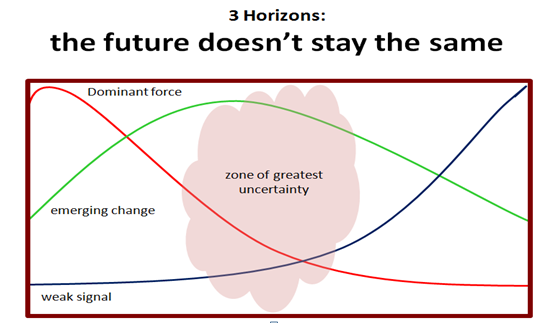 Ten years ago I was in a collaborative effort with one of the major consulting firms on a concept called button and threads.
Ten years ago I was in a collaborative effort with one of the major consulting firms on a concept called button and threads.
This concept caught my imagination and a number of important people in the Singapore authority the Economic Development Board , as well, as those responsible for providing the focal point in economic development where business, innovation and talent are nurtured. The “button and thread” concept was considered, partly for its simplicity in concept but its significant underlying value.
Regretfully the proposal died around the boardroom which was such a pity as it would have been years ahead of others. The idea was the more buttons you had connected, the more threads were created. It was through the integration of technologies and market creation, the missing ingredient is the means of designing them to help shape (and speed up) more effectively business evolution.
The idea was working on harnessing the intelligent use of the growing connections through better ‘adaptive’ agents to co-evolve, building connected relationships, adding to better judgement and decisions, positioning the organization into far more adaptive enterprise working in a thriving ecosystem. Continue reading “A time for new innovating buttons and threads”


